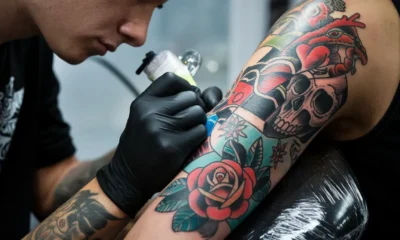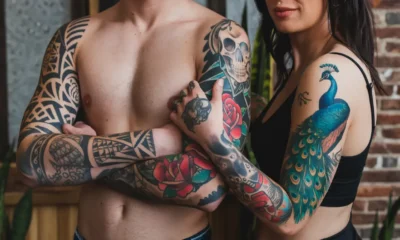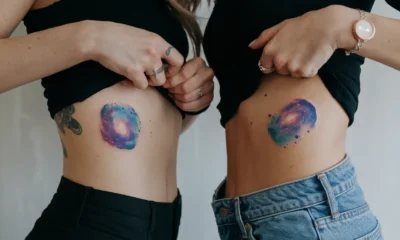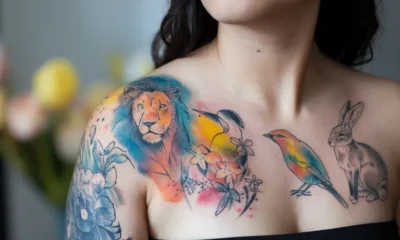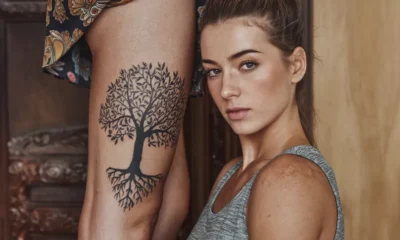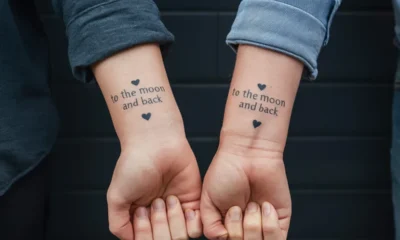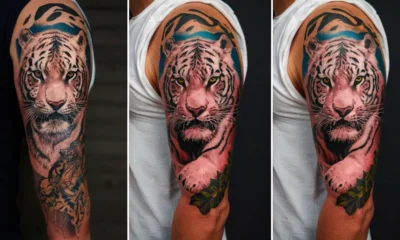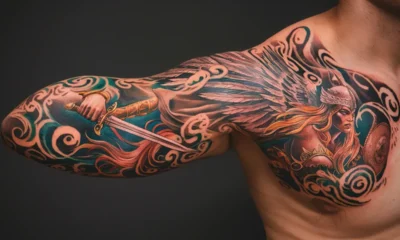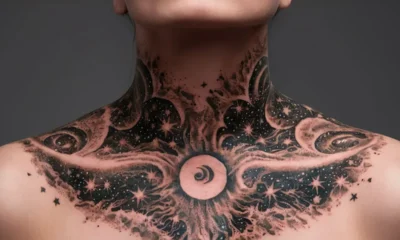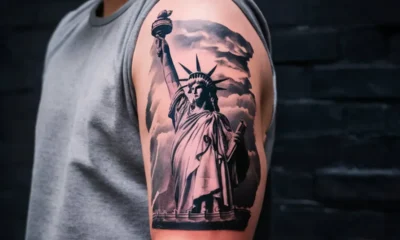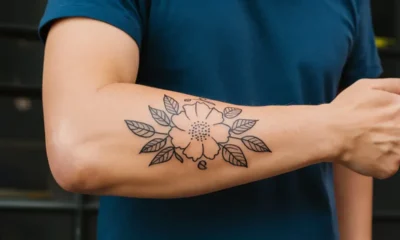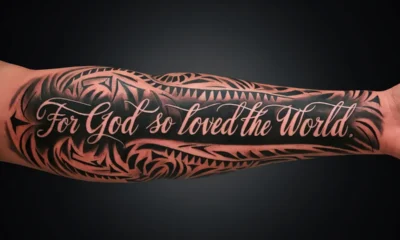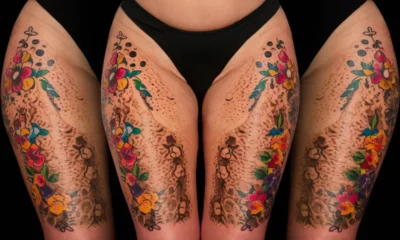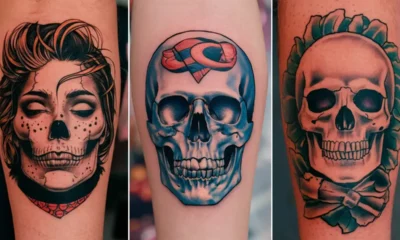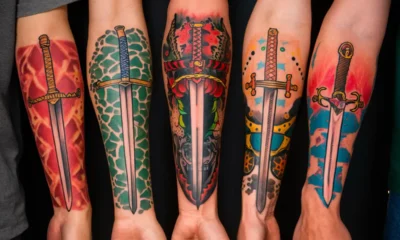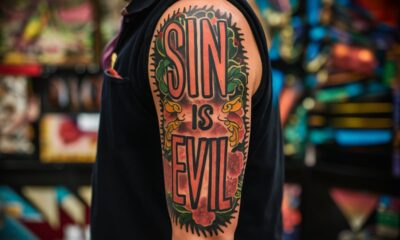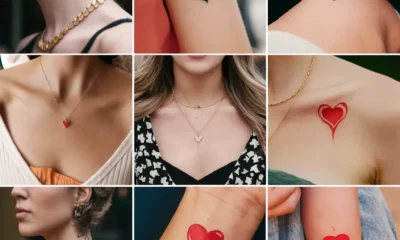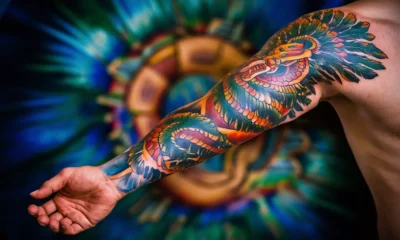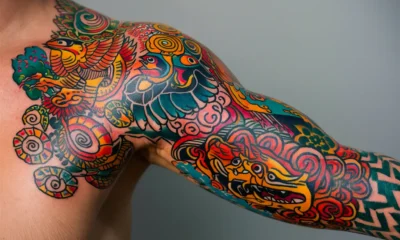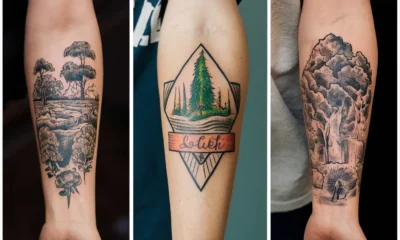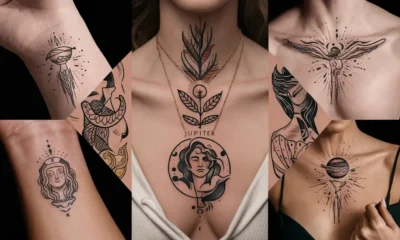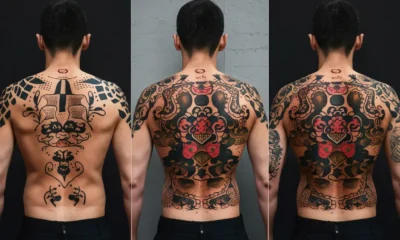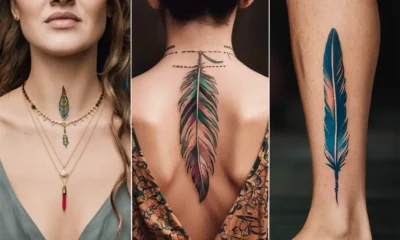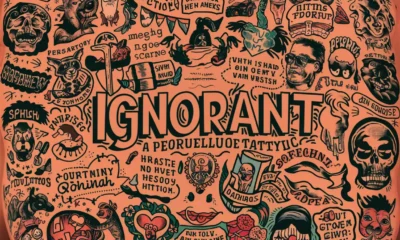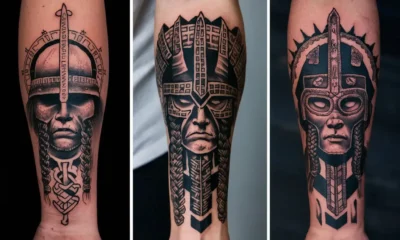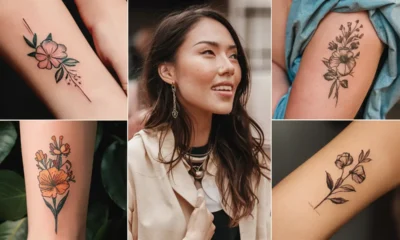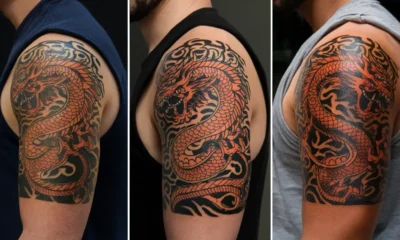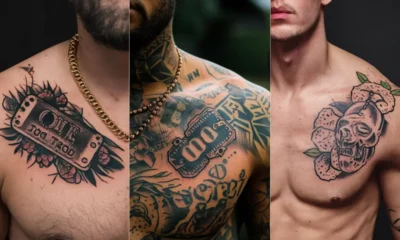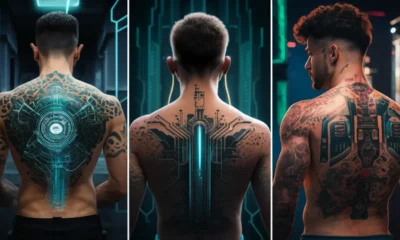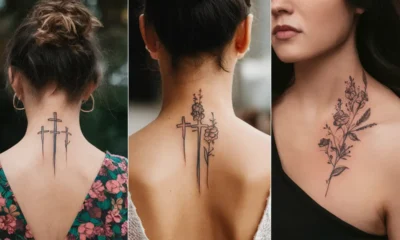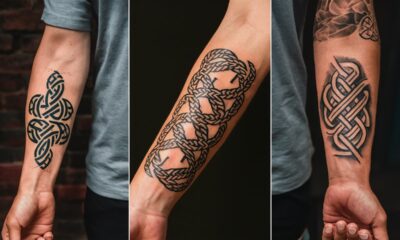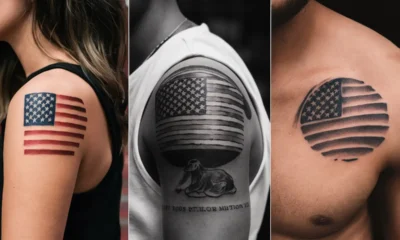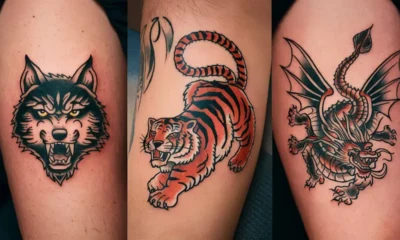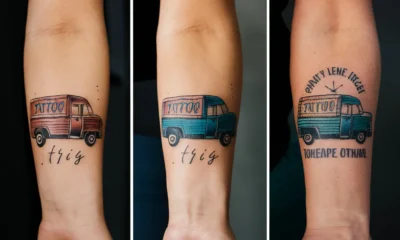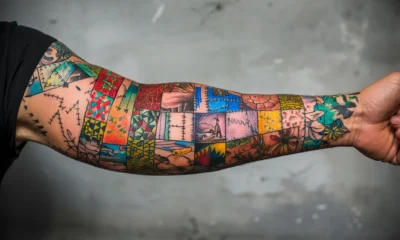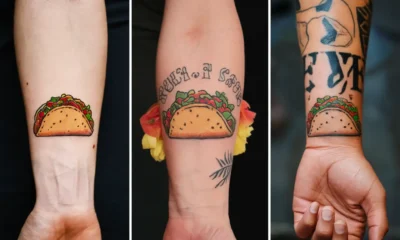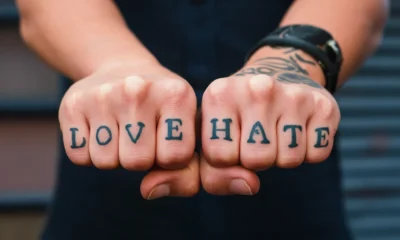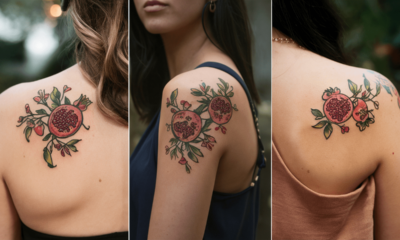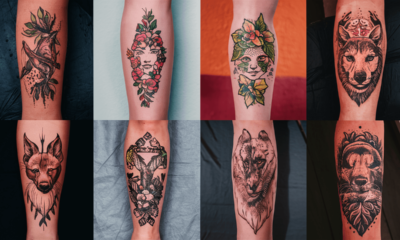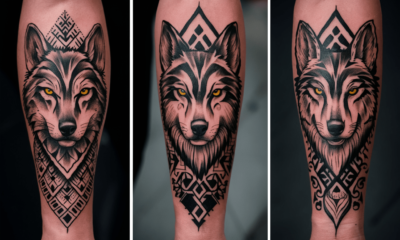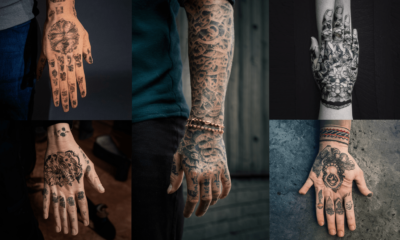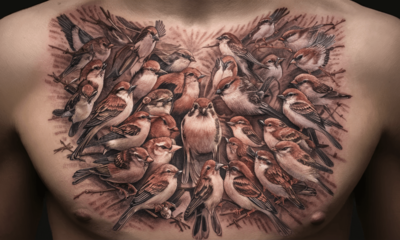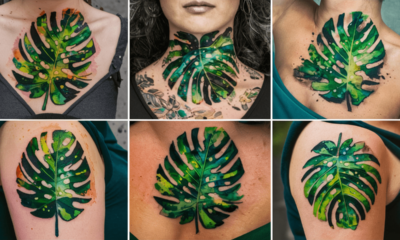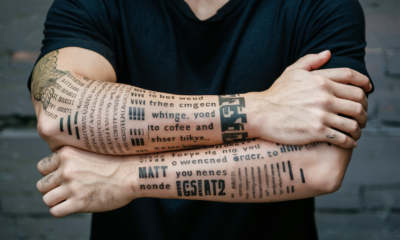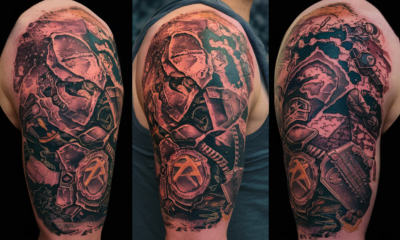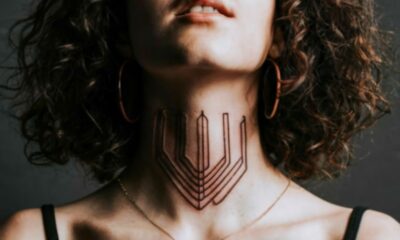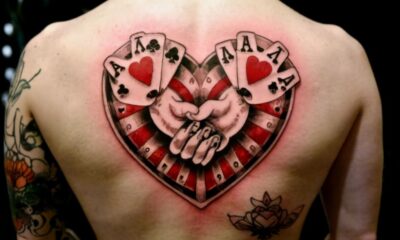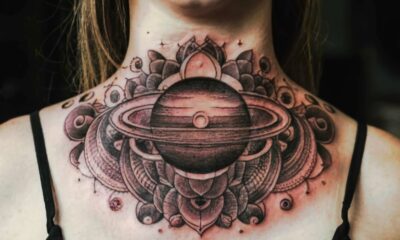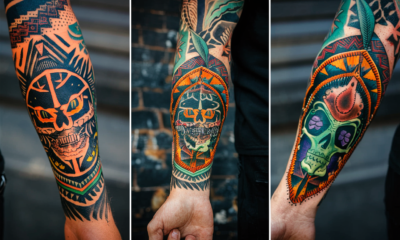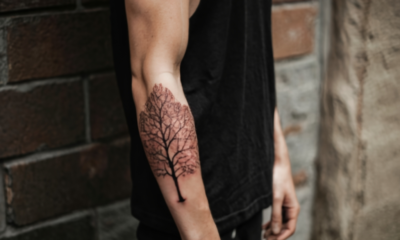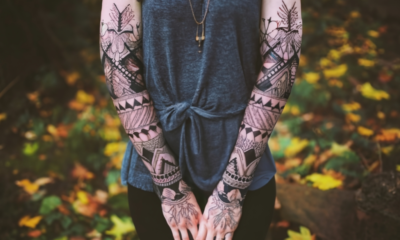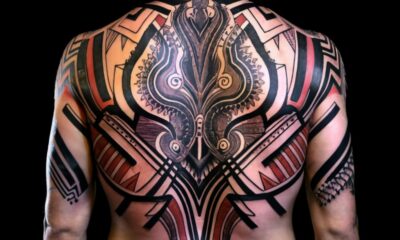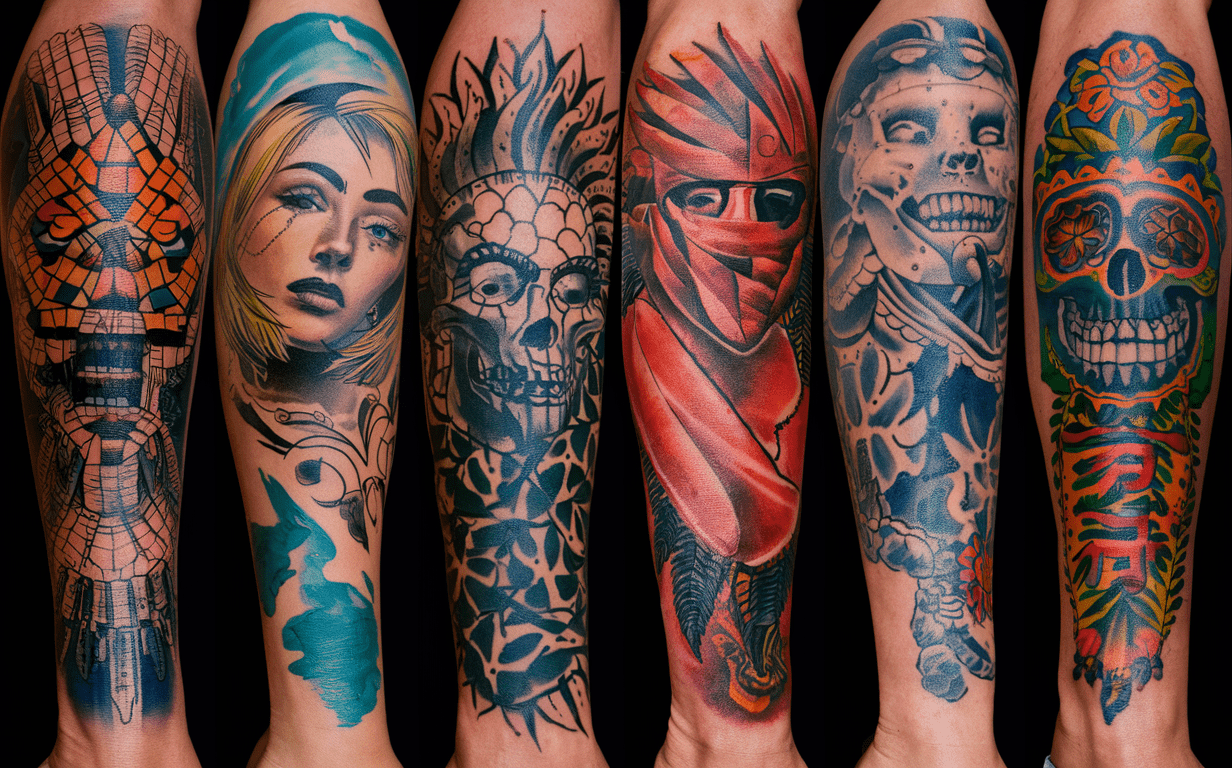
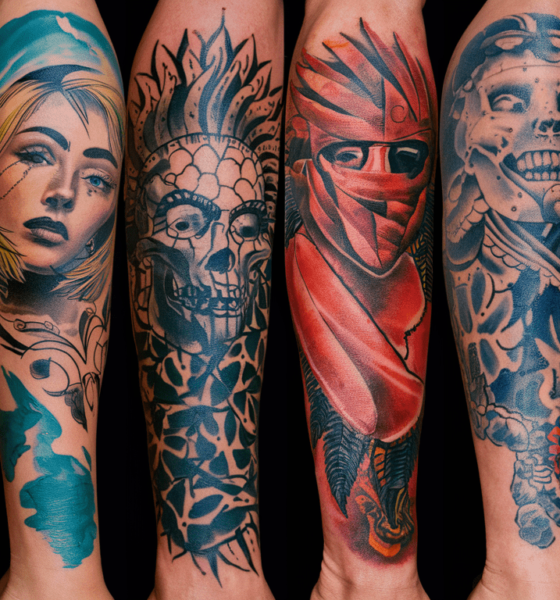
Tattoos
REDO The Vibrant Evolution of Tattoo Styles and Techniques
Tattoos have danced through centuries, morphing from ancient rituals to modern art masterpieces. Today, they embody tradition, personal tales, and sheer creativity. Let’s dive into the mesmerizing world of tattoo styles and techniques, exploring their history, unique traits, and the artistry behind them.
Traditional (Old School) Tattoos
History and Characteristics: Traditional tattoos, known as old-school, date back to the early 1900s. Sailors, soldiers, and rebels loved them. These tattoos flaunt bold black outlines and a limited but striking color palette—think red, green, yellow, and blue.
Common Themes:
- Nautical symbols like anchors and ships
- Patriotic eagles and flags
- Pin-up girls
- Roses and simple floral designs
Techniques: Artists use solid black outlines first. Then, they fill in with bold, saturated colors. Precision matters here to keep those lines crisp and colors vibrant.
Realism Tattoos
History and Characteristics: Realism tattoos replicate photos or real-life images. Gaining fame over decades, they’re a testament to modern tattooing skills and tech.
Common Themes:
- Celebrity portraits
- Wildlife in detail
- Everyday objects like clocks and flowers
Techniques: Artists need a deep grasp of light, shadow, and color gradients. They use various needle sizes for textures and fine details. Quality ink and meticulous methods are vital for lifelike results.
Watercolor Tattoos
History and Characteristics: Watercolor tattoos mimic watercolor paintings, showcasing soft edges, vibrant hues, and fluid strokes. They’re trendy for their artistic flair.
Common Themes:
- Abstract designs
- Nature like flowers and landscapes
- Animals
Techniques: Artists layer colors to create that watercolor effect. They mix wet and dry methods for depth. Without black outlines, precision is key to prevent color bleeding.
Japanese (Irezumi) Tattoos
History and Characteristics: Irezumi, or Japanese tattoos, have a rich history. These intricate, large designs cover vast body areas and are steeped in culture.
Common Themes:
- Mythical creatures like dragons and phoenixes
- Traditional motifs like koi fish and samurai
- Nature elements like cherry blossoms and waves
Techniques: Irezumi uses hand-poking (tebori) or modern machines. The designs are large and detailed, needing extensive planning and multiple sessions. Artists ensure the tattoo flows with the body’s natural curves.
New School Tattoos
History and Characteristics: New school tattoos, born in the late 20th century, exaggerate traditional tattoos with vibrant colors and cartoonish flair.
Common Themes:
- Pop culture icons like comic characters
- Surreal and fantastical imagery
- Caricatures
Techniques: Bold outlines and dynamic shading create a 3D effect. Artists use diverse colors and graffiti-style elements, making the tattoos playful and energetic.
Blackwork Tattoos
History and Characteristics: Blackwork tattoos use only black ink, featuring geometric patterns, abstract designs, or tribal motifs. They have roots in ancient traditions worldwide.
Common Themes:
- Tribal patterns
- Geometric shapes
- Abstract designs
Techniques: Solid black ink creates striking, high-contrast designs. Precise line work ensures clean, crisp lines and solid fills. Shading and dotwork add depth and texture.
Dotwork Tattoos
History and Characteristics: Dotwork tattoos use tiny dots for intricate patterns, shading, and textures. This style can stand alone or complement others.
Common Themes:
- Sacred geometry
- Mandalas
- Portraits and animals
Techniques: Artists place dots carefully for desired effects. Varying dot density creates shading and gradients, giving a textured look.
Minimalist Tattoos
History and Characteristics: Minimalist tattoos focus on simplicity and elegance, using clean lines and minimal detail.
Common Themes:
- Simple symbols like hearts and arrows
- Geometric shapes
- Small, delicate illustrations
Techniques: Fine lines and minimal shading make sleek designs. Precision is crucial as any imperfections are more noticeable.
Tribal Tattoos
History and Characteristics: Tribal tattoos, rooted in various indigenous cultures, often symbolize heritage, status, or spirituality.
Common Themes:
- Bold, abstract patterns
- Symmetrical designs
- Animal totems
Techniques: Bold lines and large black ink areas define these tattoos. Intricate and symmetrical, they require careful planning and execution.
Neo-Traditional Tattoos
History and Characteristics: Neo-traditional tattoos merge old-school boldness with modern intricacy. They’re more detailed than traditional tattoos, offering a complex yet classic look.
Common Themes:
- Elaborate floral designs
- Vintage-style portraits
- Mythological creatures
Techniques: Bold outlines mix with detailed shading. Artists use a broader color palette and sophisticated shading for depth and realism, blending tradition with innovation.
Geometric Tattoos
History and Characteristics: Geometric tattoos emphasize precision and symmetry, featuring patterns and shapes that form complex designs.
Common Themes:
- Mandalas
- Sacred geometry
- Abstract patterns
Techniques: Fine lines and dotwork create precise, symmetrical designs. Achieving perfect symmetry requires skill and patience, often aided by stencils and digital tools.
Script and Lettering Tattoos
History and Characteristics: Script and lettering tattoos showcase typographic designs, emphasizing the beauty of written language and personal significance.
Common Themes:
- Inspirational quotes
- Names and dates
- Song lyrics
Techniques: Mastery of various fonts and calligraphy styles is essential. Precision in spacing, flow, and alignment makes the text visually appealing.
Biomechanical Tattoos
History and Characteristics: Biomechanical tattoos blend machinery with organic forms, making designs that look like mechanical parts are integrated into the body.
Common Themes:
- Gears and pistons
- Robotic limbs
- Futuristic technology
Techniques: Realistic shading and detailed line work create a 3D illusion. Understanding anatomy and mechanical design is crucial for a believable look.
Surrealism Tattoos
History and Characteristics: Surrealism tattoos, inspired by the surrealist art movement, mix realistic and dreamlike elements.
Common Themes:
- Dreamscapes
- Fantasy creatures
- Juxtapositions of unrelated objects
Techniques: Combining realism and abstract elements, artists use detailed shading and line work to bring surreal visions to life, offering vast artistic freedom.
Stick and Poke Tattoos
History and Characteristics: Stick and poke tattoos, created manually without machines, have ancient origins and a DIY charm.
Common Themes:
- Simple symbols
- Minimalist designs
- Personal or homemade feel
Techniques: Using a needle and ink, artists manually poke the design one dot at a time. This method, more time-consuming, results in a rustic, handcrafted look.

